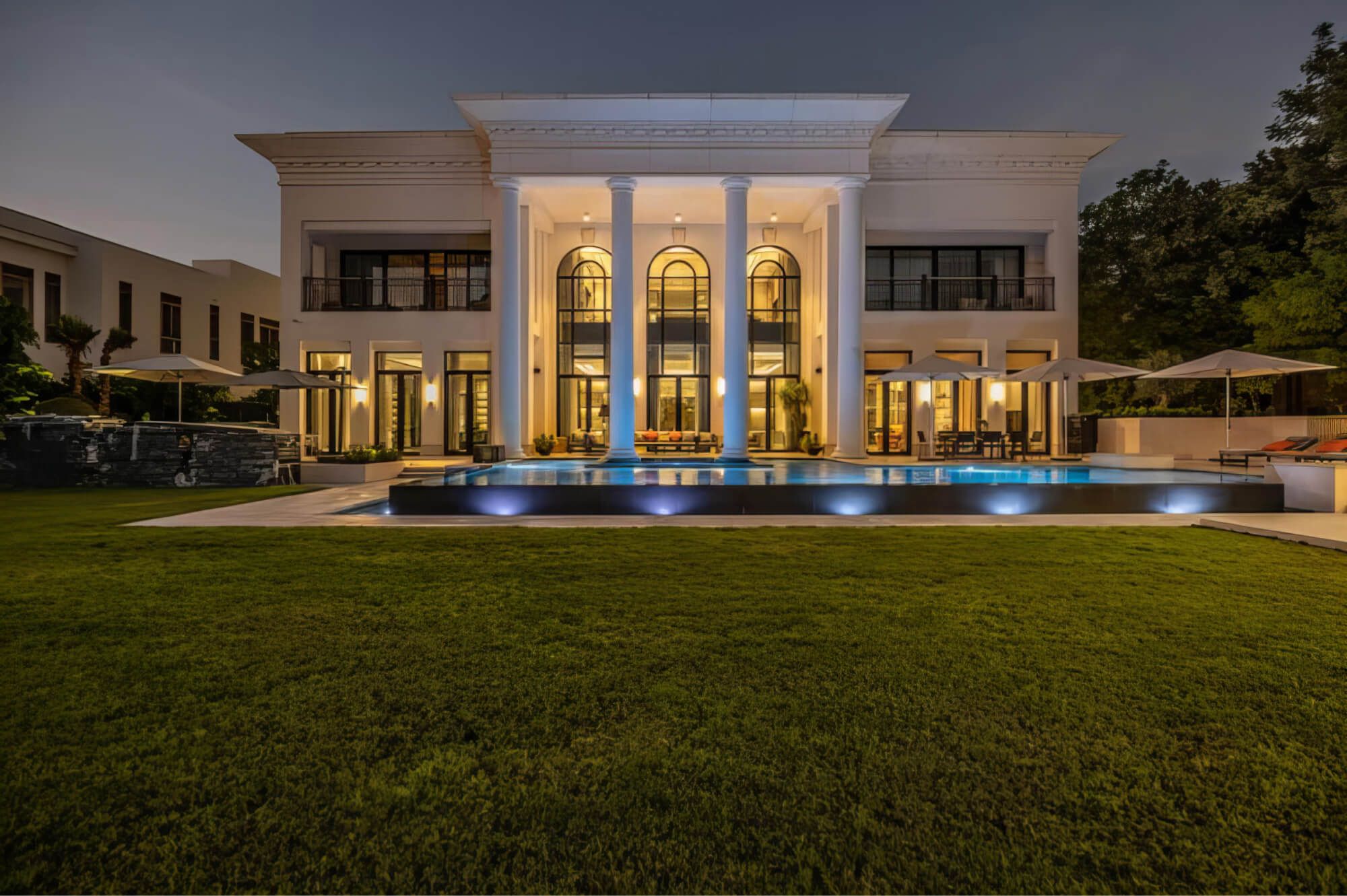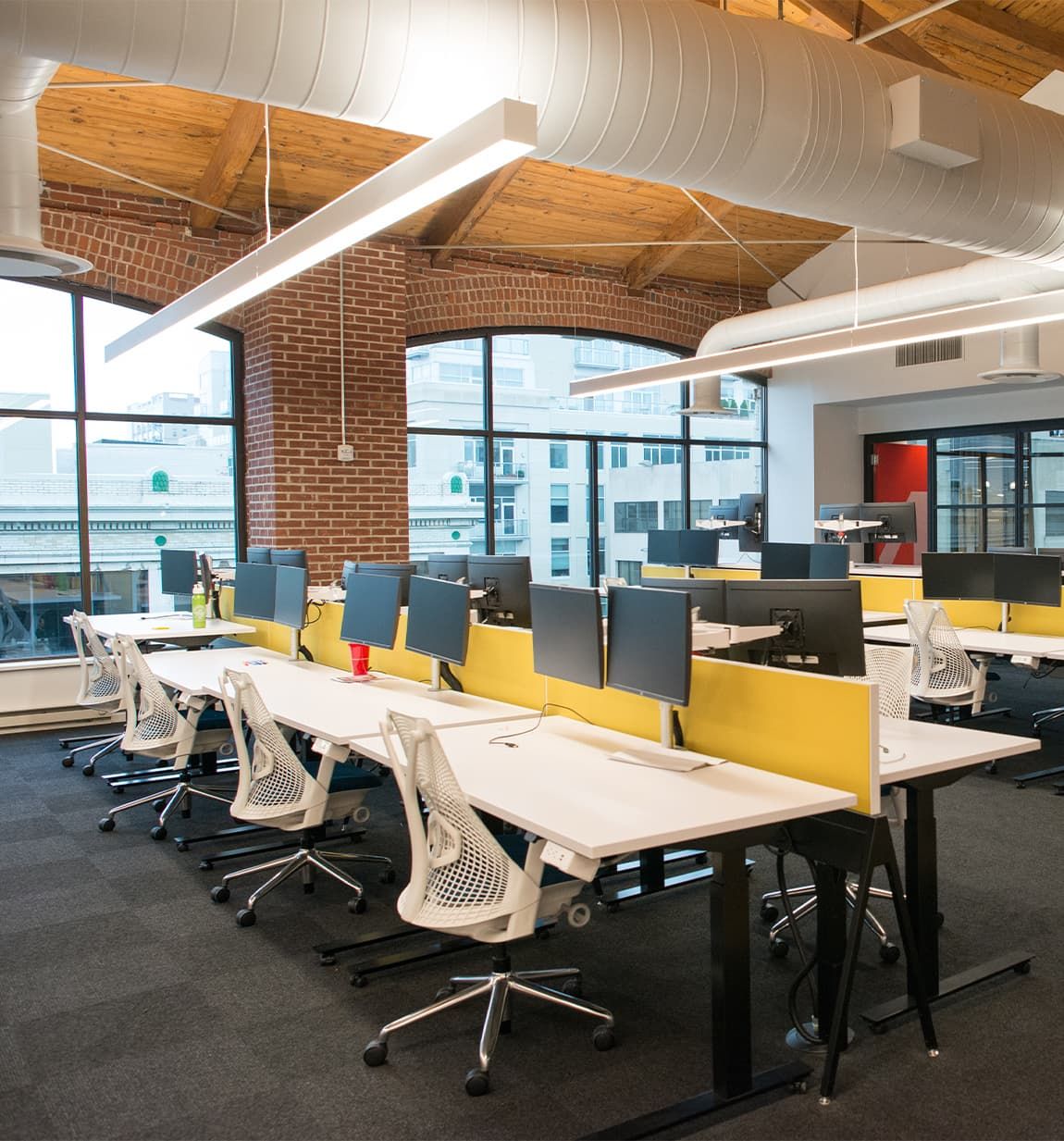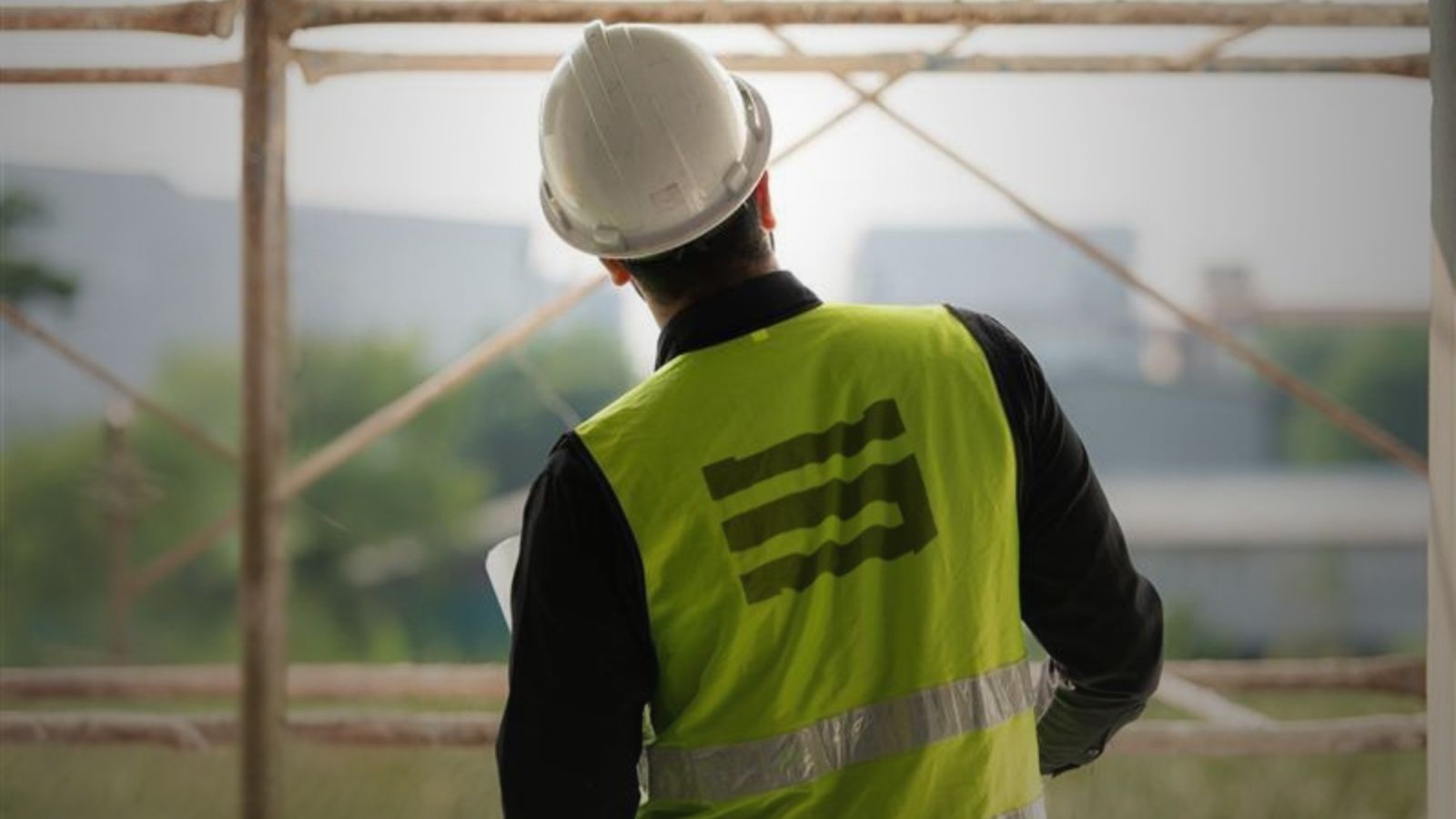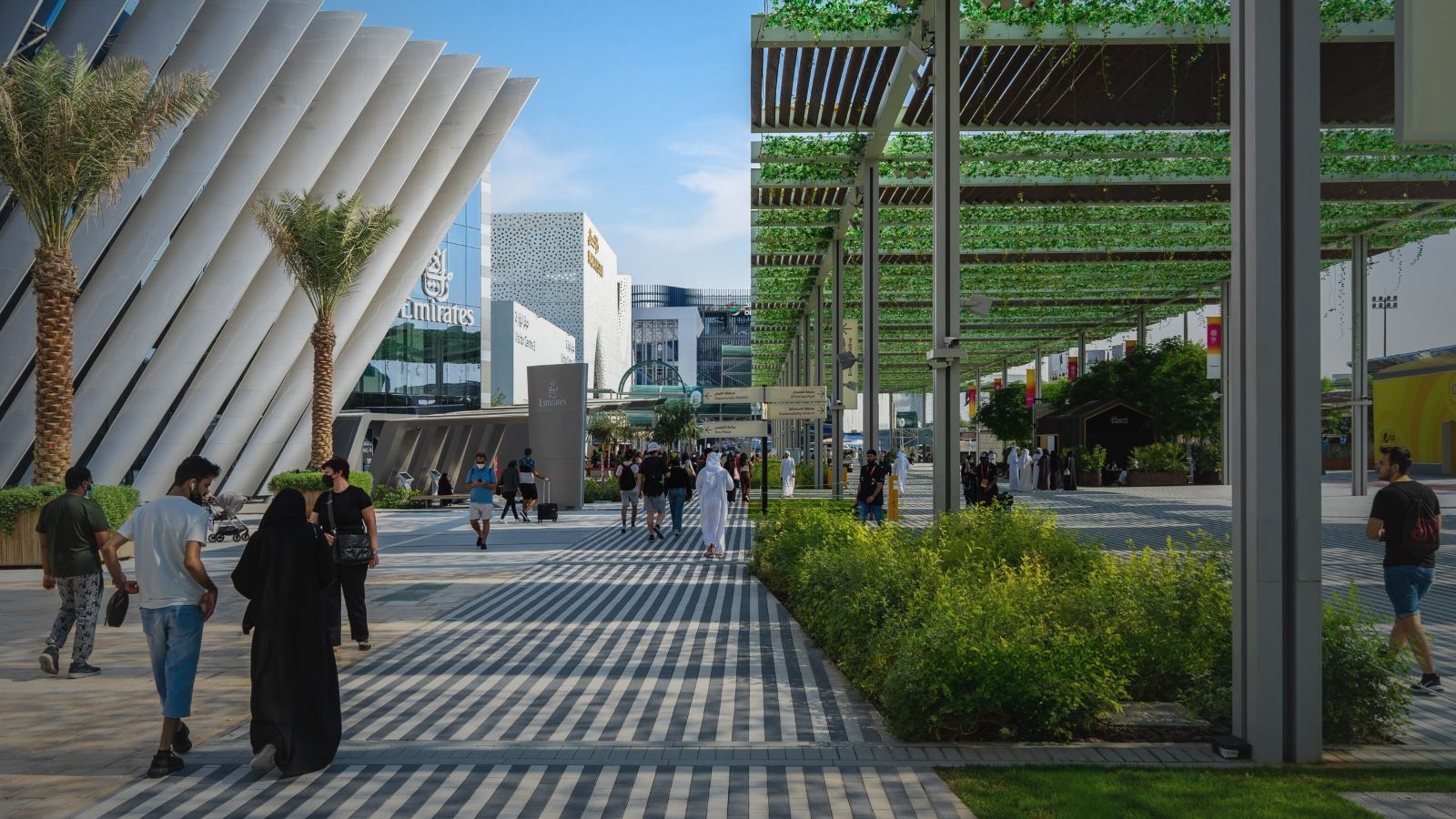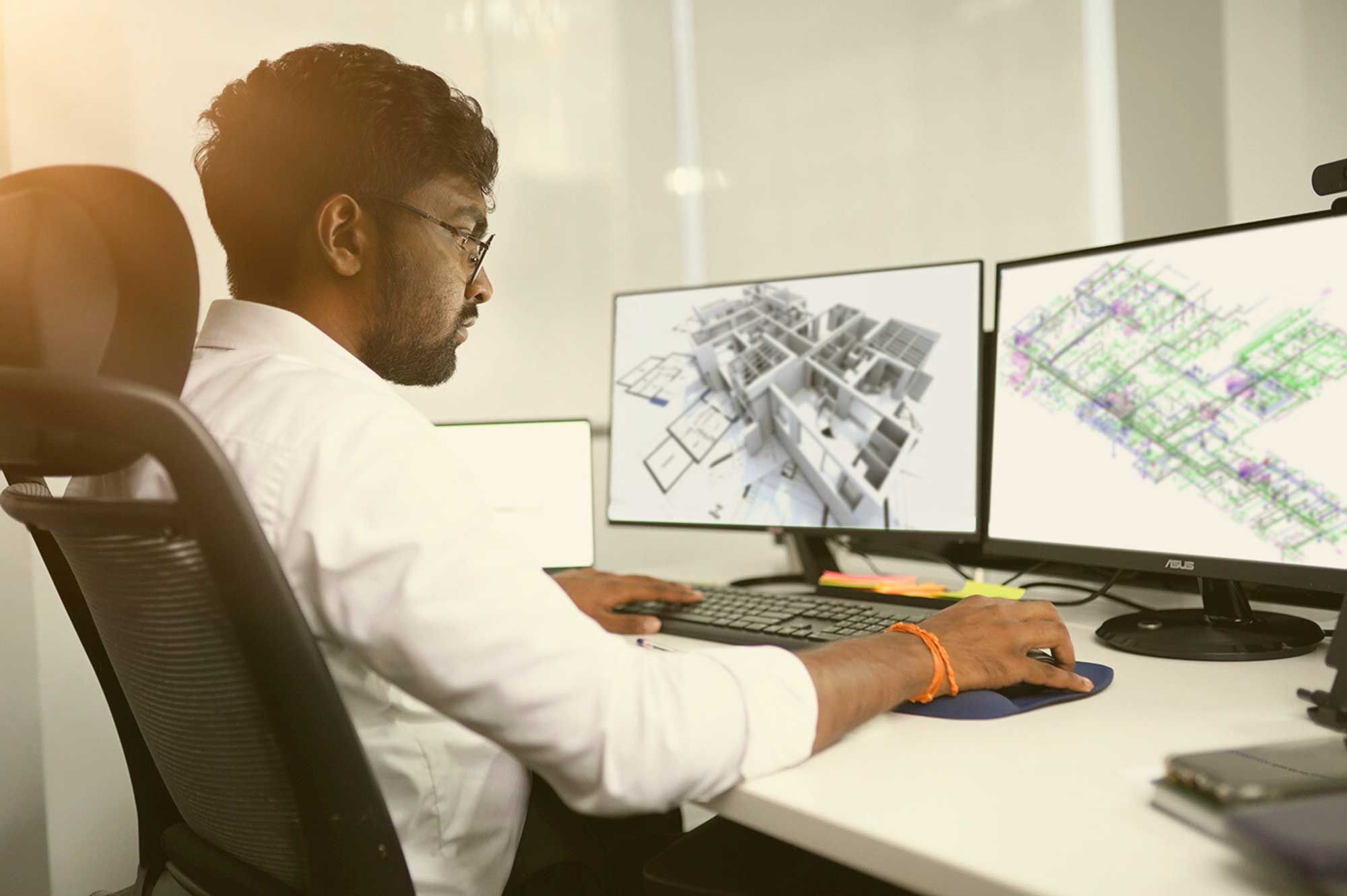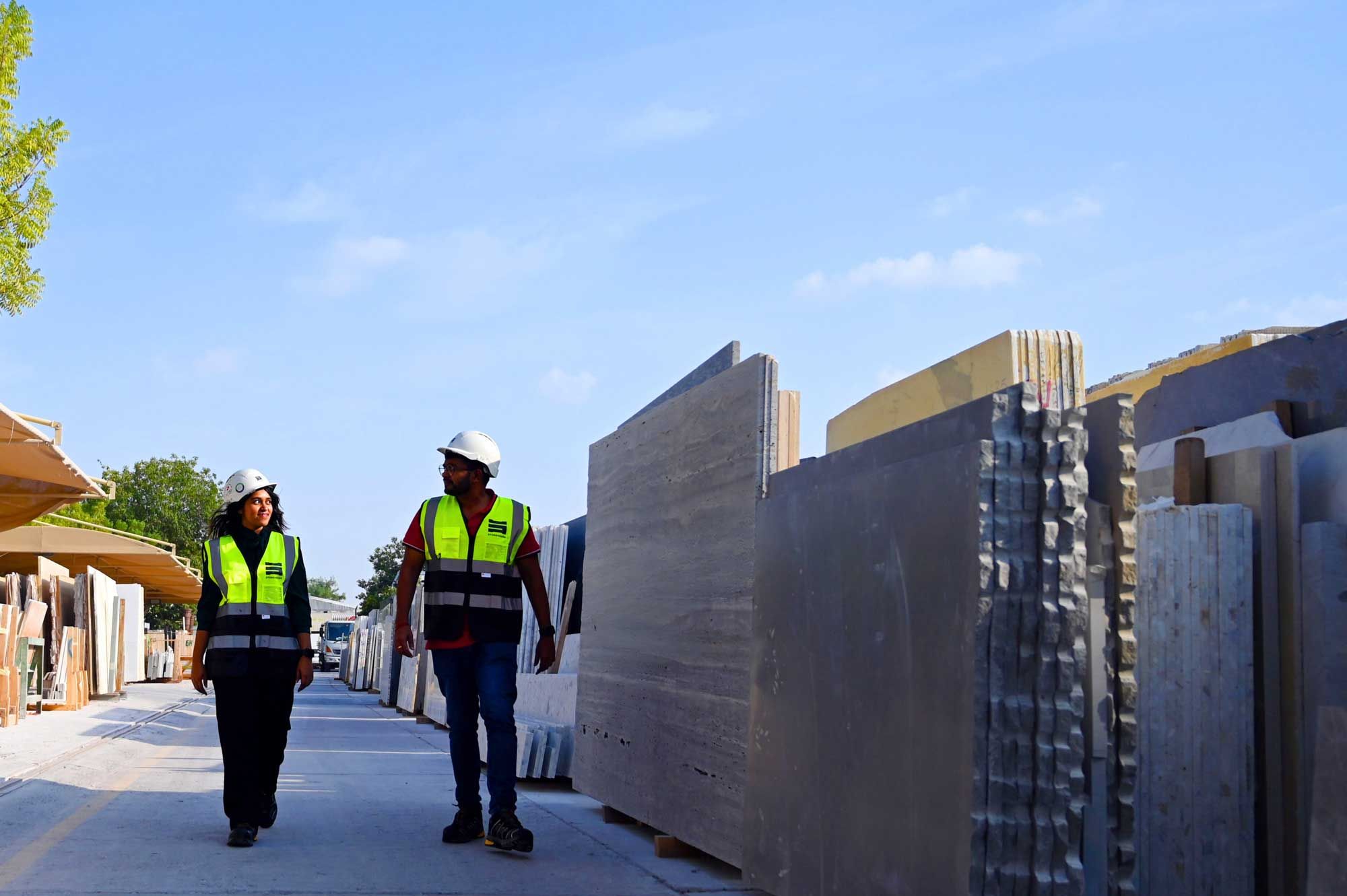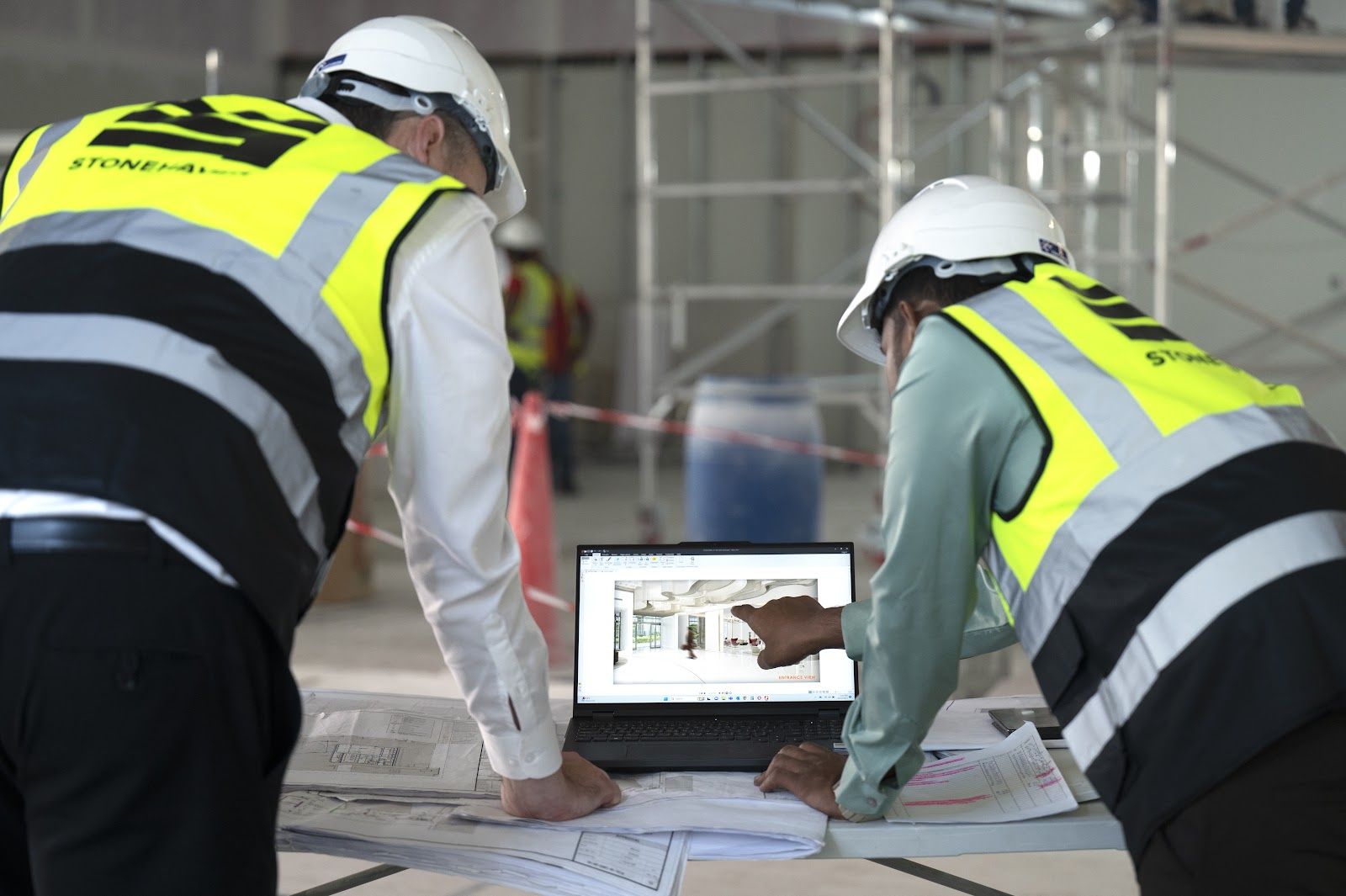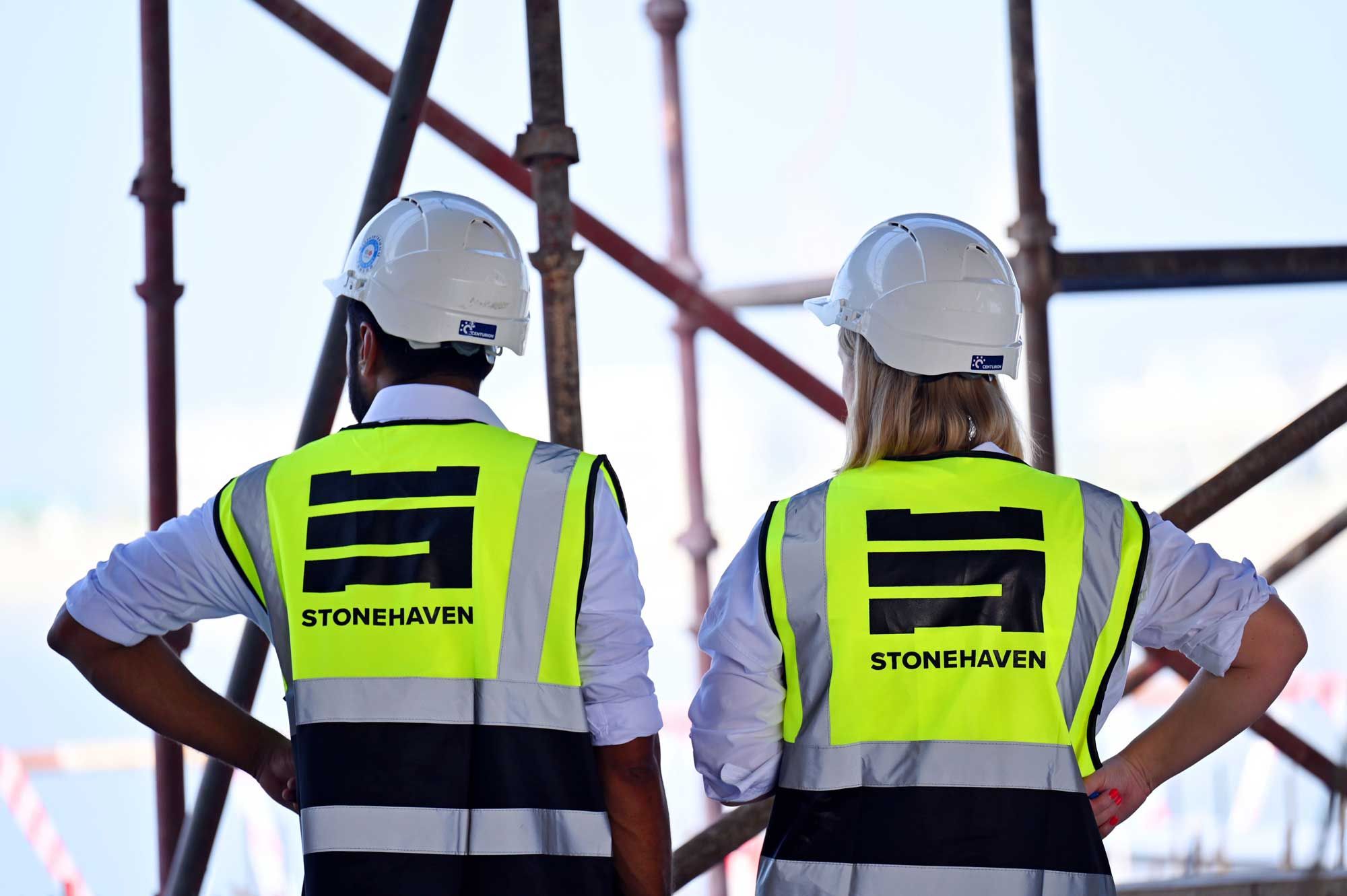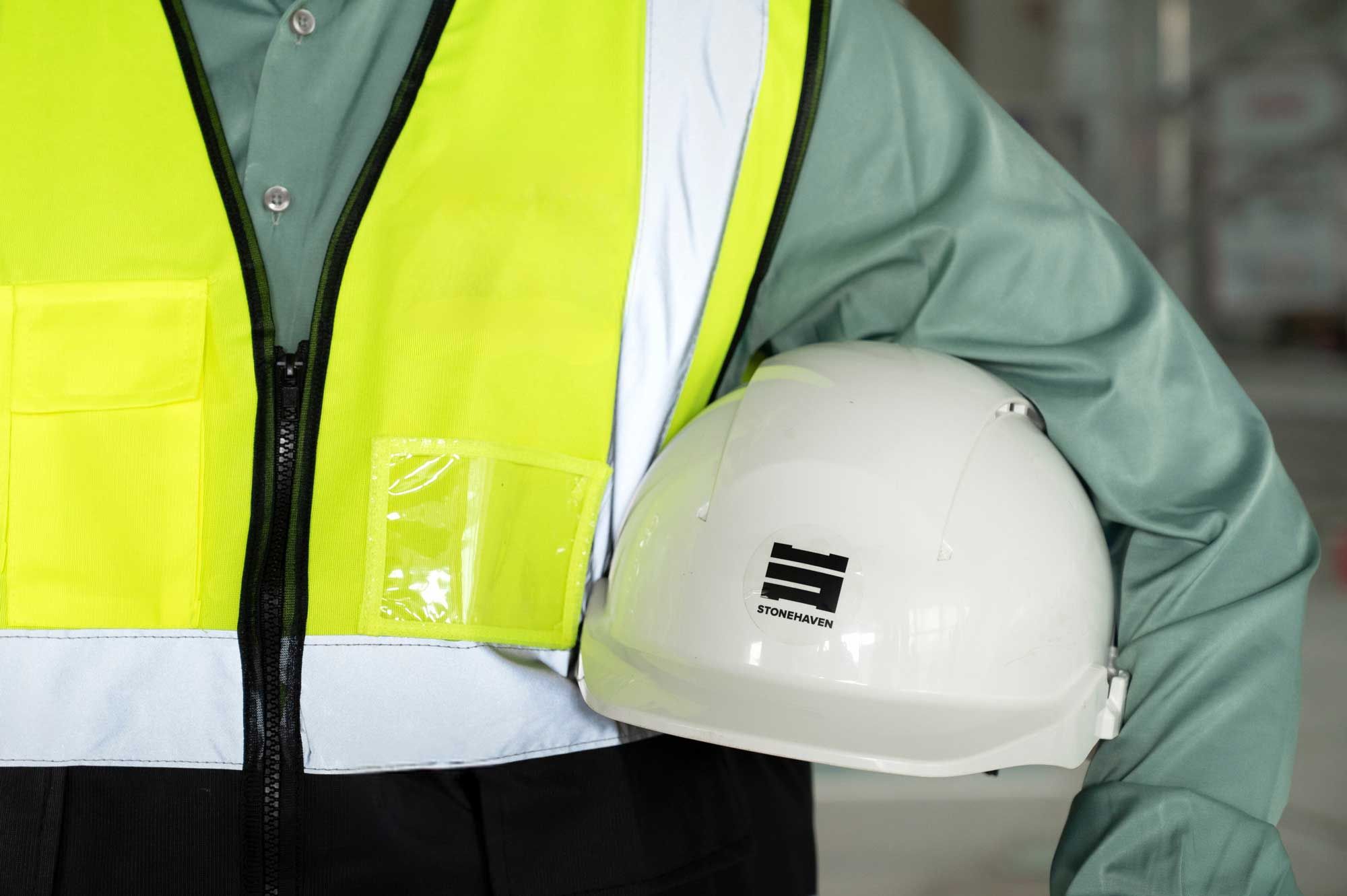As the global community moves towards net zero targets and stricter environmental regulations, construction firms are finding it critical to adopt sustainable practices—not just as a moral obligation but also as a practical approach to remain competitive and profitable. Managing costs effectively while incorporating sustainability is no longer a “nice-to-have”; it is a strategic imperative.
Sustainable cost management is about finding the sweet spot where financial efficiency meets environmental responsibility. It involves designing and executing projects that use resources wisely, reduce waste, and meet both regulatory and client expectations for eco-friendly outcomes. With rising material costs and increasing demand for sustainable construction, companies that embrace this dual focus on cost control and sustainability are positioning themselves as leaders in the industry.
This guide will dive deep into sustainable cost management in construction, exploring what it entails, how to implement it effectively, and the benefits it offers. Whether you’re a construction firm looking to optimise costs or a project manager aiming to meet sustainability targets, this comprehensive approach will help you lead your industry into a more sustainable, profitable future.
What is Sustainable Cost Management?
Sustainable cost management is the practice of balancing financial efficiency with environmental and social responsibility to deliver long-term value in construction projects. Unlike traditional cost management—which often focuses solely on cutting immediate expenses—sustainable cost management takes a more holistic view, accounting for the entire lifecycle of a project.
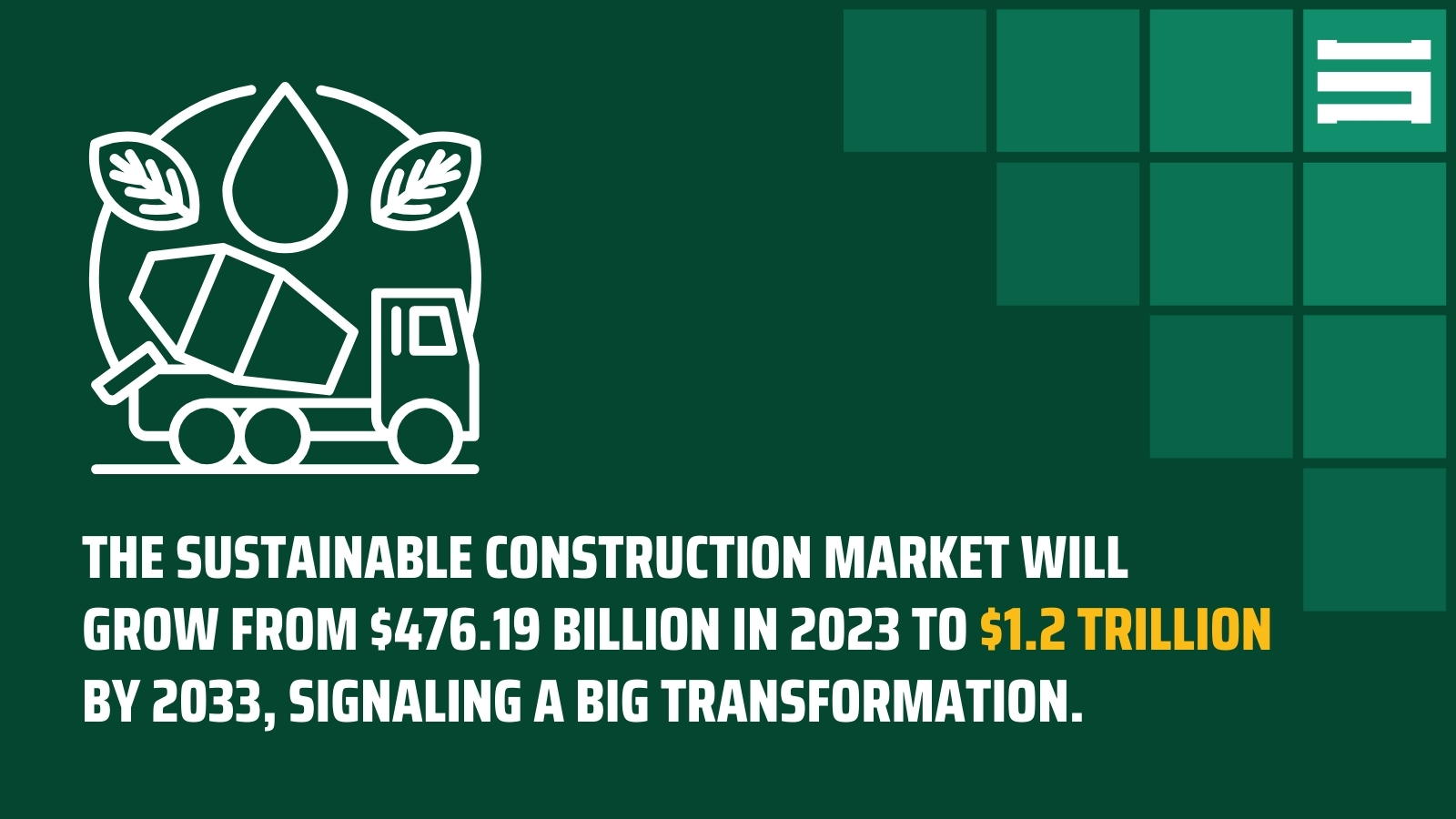
The sustainable construction market is set to expand from $476.19 billion in 2023 to a staggering $1.2 trillion by 2033, climbing at a steady 9.64% annual growth rate. It’s more than just numbers—it’s a clear signal that the industry is shifting, reshaping itself under the pressure of environmental responsibility and the allure of long-term profitability. This isn’t just growth; it’s a redefinition of how construction aligns with the urgency of sustainability.
In construction, this means making strategic decisions about materials, energy use, waste reduction, and labour practices that not only reduce costs but also align with sustainability goals. For instance, using renewable energy systems like solar panels may involve higher upfront costs, but they offer significant savings on utility bills over the building’s lifetime. Similarly, opting for recycled or locally sourced materials can lower transportation costs while reducing the project’s carbon footprint.
Sustainable cost management also aligns with broader global initiatives like the UN’s 17 Sustainable Development Goals, specifically SDG 12, which emphasises responsible consumption and production. Construction companies adopting these practices demonstrate their commitment to environmental stewardship while also improving profitability.
Additionally, the approach enhances competitiveness. Today’s eco-conscious clients are actively seeking firms that can deliver sustainable buildings without breaking the bank. By implementing sustainable cost management strategies, construction firms not only meet regulatory requirements but also attract a broader clientele.
What is a Sustainability Strategy in Construction?
A sustainability strategy in construction is a comprehensive plan to integrate sustainable practices into every stage of a construction project. It focuses on balancing environmental, social, and economic considerations, ensuring that projects meet today’s sustainability demands while remaining cost-effective.
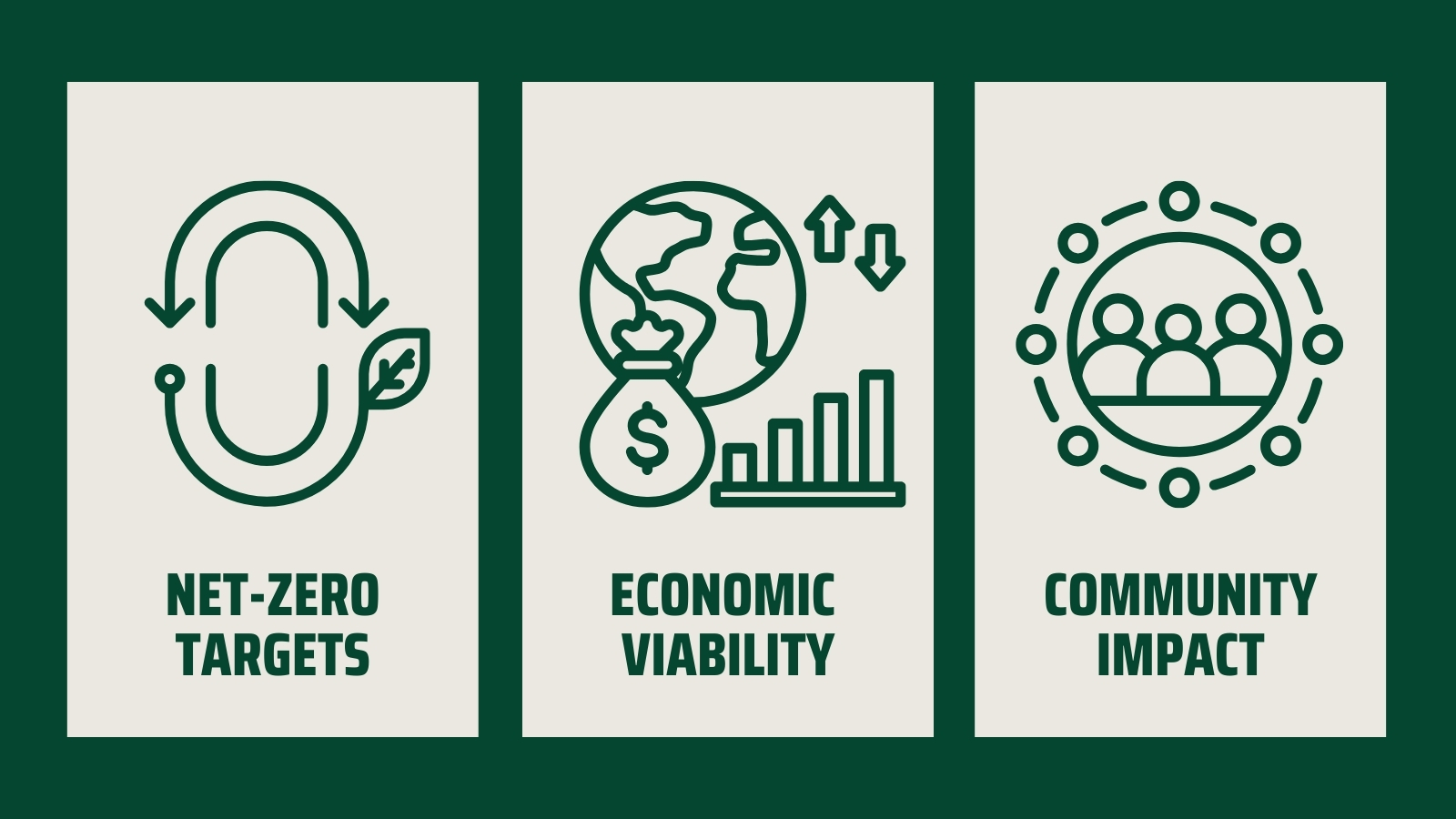
1. One key element of a sustainability strategy are net-zero targets. Construction is a major contributor to global carbon emissions, making it essential to adopt low-carbon materials, energy-efficient systems, and waste reduction methods. For example, sustainable architecture principles, such as green roofs and passive solar design, can drastically reduce energy consumption while adding value to the property.
2. Another pillar of sustainability is economic viability. Sustainable construction may involve higher upfront costs, but it often delivers long-term savings. Techniques like modular construction and prefabrication are increasingly popular because they reduce material waste, lower labour costs, and shorten construction timelines. A well-planned sustainability strategy accounts for these factors, ensuring a balance between initial investments and lifecycle cost savings.
3. Social and community impact is the third core element. Construction projects should benefit local communities, whether through creating jobs, enhancing safety standards, or designing buildings that improve residents’ quality of life. Ethical labour practices and stakeholder engagement are critical to this aspect of sustainability.
Crafting an effective sustainability strategy requires collaboration among architects, engineers, and cost management consultants to ensure alignment between goals and execution. Setting measurable targets, such as achieving net zero emissions or earning green building certifications, can guide project teams towards success.
By adopting a well-rounded sustainability strategy, construction firms not only reduce their environmental footprint but also enhance their market reputation, attract eco-conscious clients, and future-proof their business against evolving regulations.
Effective Cost Control Methods in Sustainable Construction
Cost control in sustainable construction refers to the strategic management of project expenses to ensure that sustainability goals are met without exceeding budget constraints. It focuses on optimising resource allocation, reducing waste, and balancing upfront investments with long-term savings.
- One of the most effective tools for cost control in sustainable construction is lifecycle cost analysis (LCCA). This method evaluates the total cost of a building over its entire lifespan, from initial construction to operation and eventual disposal. For instance, choosing energy-efficient HVAC systems might increase upfront costs but significantly lower operational expenses, making it a smarter investment in the long run.
- Value engineering is another critical aspect of cost control. This involves assessing alternative design solutions, materials, and methods to achieve the desired outcomes more cost-effectively. For example, using prefabricated materials or modular construction techniques not only saves costs but also reduces construction timelines and waste.
- Efficient resource management is equally vital. Techniques like just-in-time material delivery and digital tools like BIM (Building Information Modelling) can help minimise waste and optimise resource use. BIM, for example, provides accurate cost estimates and sustainability assessments, allowing project teams to make informed decisions.
- Cost control also involves energy optimisation, such as incorporating renewable energy systems like solar panels or smart energy grids. While these technologies may require a larger initial investment, they offer substantial savings over time and contribute to a building’s overall sustainability.
In sustainable construction, cost control is more than just adhering to budgets—it’s about creating value. By adopting these principles, construction firms can achieve financial efficiency, meet sustainability targets, and deliver projects that are both environmentally responsible and economically viable.
Six Tips For Sustainable Cost Control Strategies
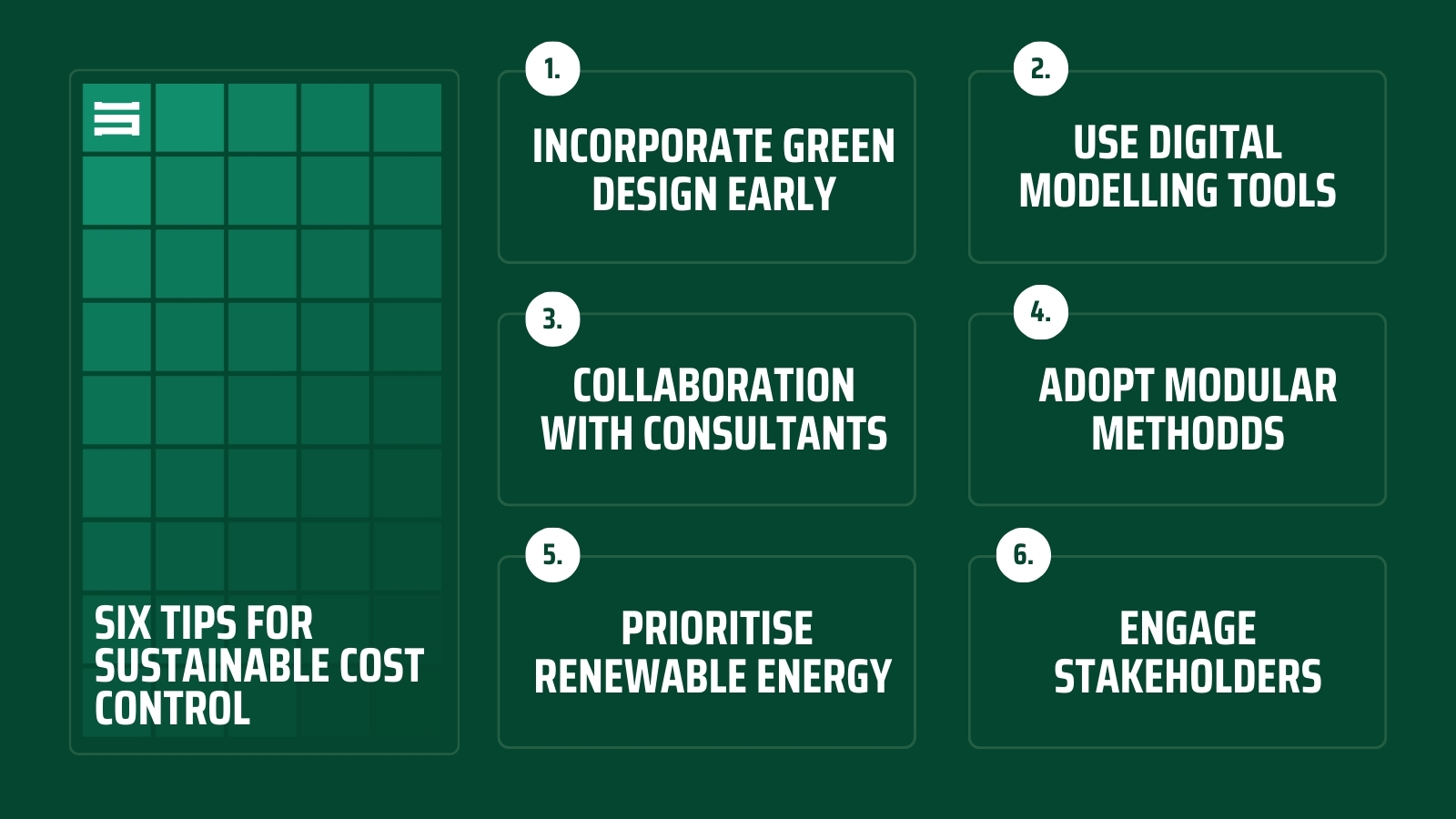
Implementing sustainable cost control strategies in construction requires innovation, collaboration, and careful planning. Here are practical tips and approaches to help you achieve financial efficiency while meeting sustainability goals.
-
Incorporate Green Design Early: Sustainable cost control starts at the design stage. By integrating energy-efficient layouts, eco-friendly materials, and renewable energy systems into the initial blueprints, you can reduce costs and improve efficiency throughout the project lifecycle.
-
Use Digital Modelling Tools: Digital tools like BIM (Building Information Modelling) and construction management software can revolutionise cost control. BIM, for example, enables precise cost estimates, optimised resource allocation, and early identification of design inefficiencies, leading to significant savings.
-
Collaborate with Consultants: Cost management consultants like Stonehaven specialise in balancing budgets with sustainability objectives. Their expertise ensures that every aspect of your project aligns with financial and environmental goals.
-
Adopt Modular Methods: Prefabrication and modular construction save both time and resources. By assembling components off-site, these methods reduce waste, lower labour costs, and improve quality control.
-
Prioritise Renewable Energy Systems: Installing solar panels, wind turbines, or smart energy systems may have higher upfront costs, but these investments lead to significant long-term savings. Many governments also offer financial incentives for adopting renewable energy.
-
Engage Stakeholders: Involve architects, engineers, and clients from the beginning to ensure alignment on sustainability and cost control objectives. Collaborative planning minimises errors and maximises cost savings.
By following these approaches, construction firms can implement sustainable cost control strategies that deliver both immediate and long-term value. The key is to balance innovation with practicality, ensuring that projects remain environmentally responsible and financially viable.
What are the Benefits of Adopting Sustainable Cost Management Practices?
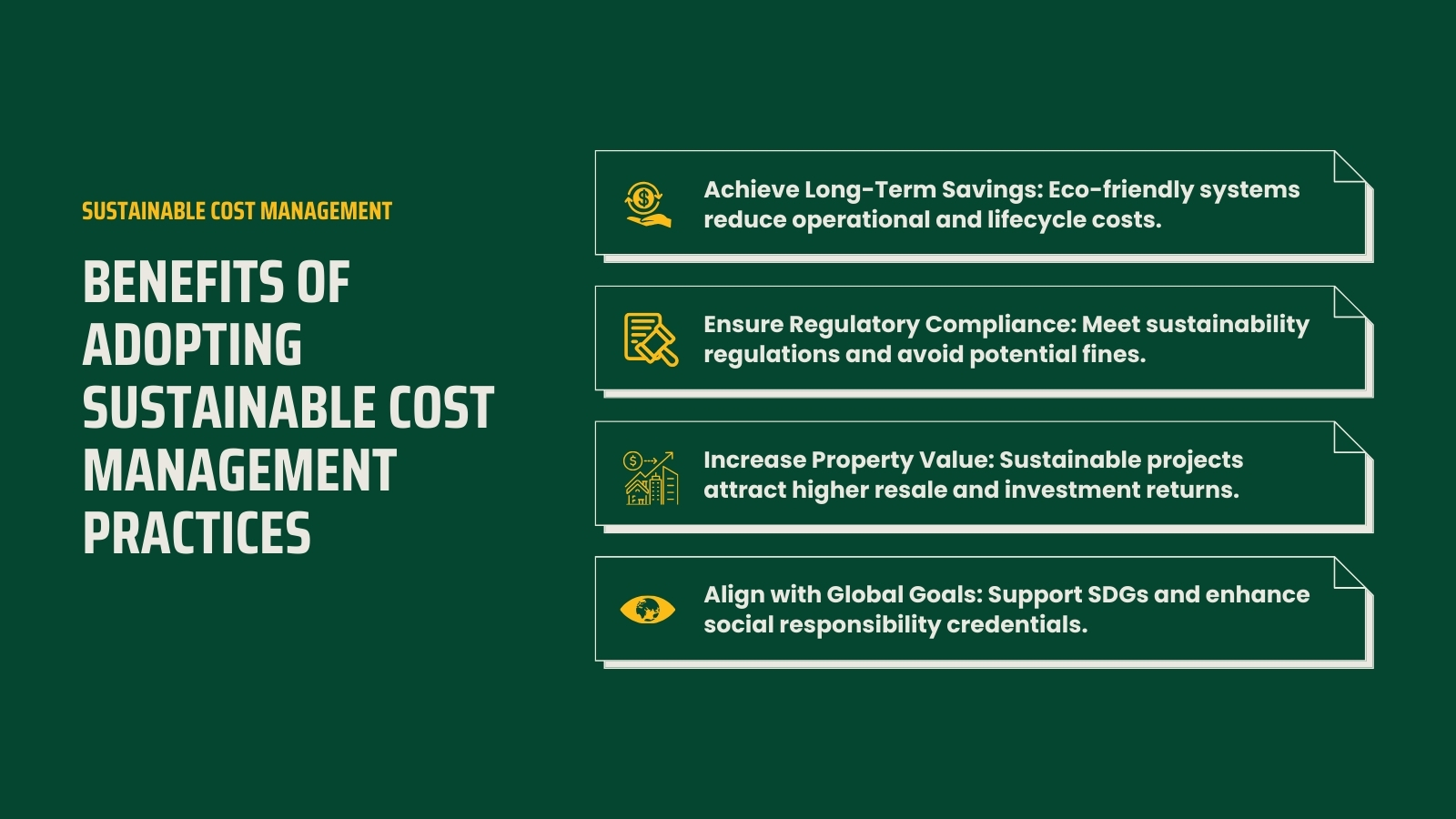
Sustainable cost management offers a multitude of benefits for construction firms, ranging from financial savings to enhanced reputation and regulatory compliance. Let’s explore these in more detail:
1. Long-term Financial Savings
Sustainable cost management focuses on lifecycle cost analysis, ensuring that investments made in eco-friendly systems and materials yield significant savings over the years. For example, energy-efficient HVAC systems and LED lighting may cost more initially but drastically lower operational expenses. Prefabrication and modular construction can also save on labour costs and minimise waste, providing financial efficiency across the project lifecycle.
2. Regulatory Compliance
With governments globally introducing stricter sustainability regulations, companies that integrate sustainable practices in cost management stay ahead of the curve. Compliance not only avoids hefty fines but also positions your business as a reliable partner for clients prioritising environmentally conscious projects.
3. Increased Property Value
Sustainable buildings often command higher resale and rental values due to their efficiency and environmental certifications. Clients and tenants are willing to pay a premium for properties that reduce utility bills and promote healthier living environments. By adopting sustainable cost management practices, firms can improve their brand image, attract environmentally conscious clients, and retain their competitive edge in an evolving market.
4. Contribution to Global Sustainability Goals
By aligning with frameworks such as the UN’s Sustainable Development Goals (SDGs), construction firms contribute to global efforts in creating sustainable communities. This not only adds to their social responsibility credentials but also enhances their appeal to stakeholders seeking ethical partnerships.
Sustainable cost management is a strategic approach that benefits every stakeholder involved—from contractors and investors to end-users and the planet itself. By adopting these practices, you pave the way for financial stability, environmental responsibility, and long-term business growth.
Solutions for Challenges Faced in Sustainable Cost Management
While sustainable cost management offers immense benefits, its implementation comes with unique challenges. Let’s address these challenges and explore potential solutions:
High Initial Costs
One of the biggest hurdles in adopting sustainable practices is the upfront expense of eco-friendly materials, technologies, and certifications. For instance, installing solar panels or sourcing low-carbon cement can strain budgets initially.
Solution: Emphasise lifecycle cost analysis (LCCA) to demonstrate how these investments lead to substantial long-term savings. Additionally, seek government grants, tax incentives, and subsidies designed to encourage sustainable construction practices.
Lack of Expertise and Training
Many construction firms face a knowledge gap when implementing sustainable cost management strategies. This can lead to inefficiencies or resistance to adopting new methods.
Solution: Invest in training programs for your team and collaborate with experienced cost management consultants who specialise in sustainability. Their expertise ensures seamless integration of cost-saving measures and green practices.
Supply Chain Limitations
Finding reliable suppliers for sustainable materials can be a challenge, especially in regions with limited access to eco-friendly products.
Solution: Develop long-term partnerships with trusted suppliers and consider sourcing materials locally to reduce carbon emissions from transportation. Engaging with green certifications for suppliers can also ensure quality and credibility.
Resistance to Change
Introducing sustainable practices often meets resistance from stakeholders accustomed to traditional methods.
Solution: Engage stakeholders early and clearly communicate the financial and environmental benefits of sustainable cost management. Use data-driven case studies to demonstrate successful implementations.
Complex Regulations
Navigating the maze of local and global regulations on sustainability can be daunting, especially for smaller firms.
Solution: Partner with cost management consultants or legal experts who can guide you through compliance processes while ensuring cost efficiency.
By tackling these challenges head-on with practical solutions, construction firms can successfully implement sustainable cost management strategies. The key is to focus on collaboration, education, and forward-thinking investments.
Conclusion
Sustainable cost management in construction is no longer optional—it’s a necessity for firms aiming to thrive in an eco-conscious and competitive marketplace. By adopting strategies that balance environmental responsibility with financial efficiency, construction companies can meet the growing demand for sustainable buildings while staying within budget.
From lifecycle cost analysis and value engineering to modular construction and renewable energy systems, sustainable cost management offers a wealth of strategies to optimise project outcomes. While challenges like high upfront costs and knowledge gaps exist, these can be addressed with careful planning, stakeholder engagement, and collaboration with cost management consultants.
The benefits of sustainable cost management are clear: long-term financial savings, compliance with regulations, enhanced market reputation, and alignment with global sustainability goals like the UN’s SDG 12. These practices not only future-proof businesses but also contribute to a healthier planet and thriving communities.
By embracing sustainable cost management principles, you can deliver projects that are efficient, eco-friendly, and economically viable, leaving a legacy of sustainability and profitability for years to come.
About us
At Stonehaven, we understand the challenges and opportunities that come with managing costs in the construction industry. As experts in cost management services, we specialise in delivering solutions that align with your sustainability goals while ensuring financial efficiency.
Our team of experienced cost management consultants combines industry knowledge with innovative strategies to optimise your project from start to finish. Whether you’re looking to control costs, adopt sustainable building practices, or comply with global sustainable development goals, we’ve got you covered.
Stonehaven is more than just a service provider—we’re your partner in creating a sustainable future. From lifecycle cost analysis and value engineering to renewable energy integration and modular construction solutions, we tailor our approach to meet your specific project needs.
Ready to take your construction projects to the next level? Contact us today and let’s build a sustainable, cost-efficient future together.

